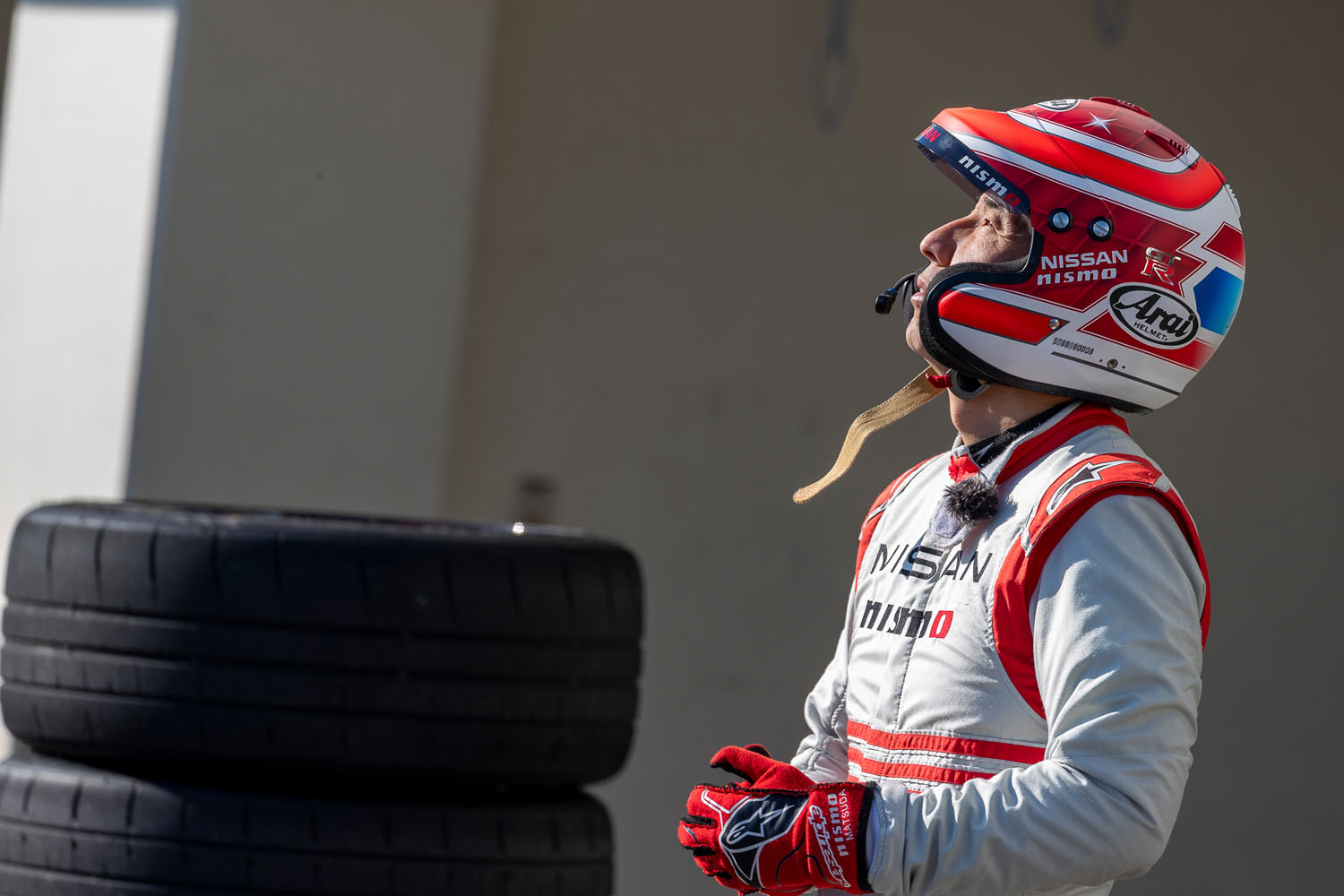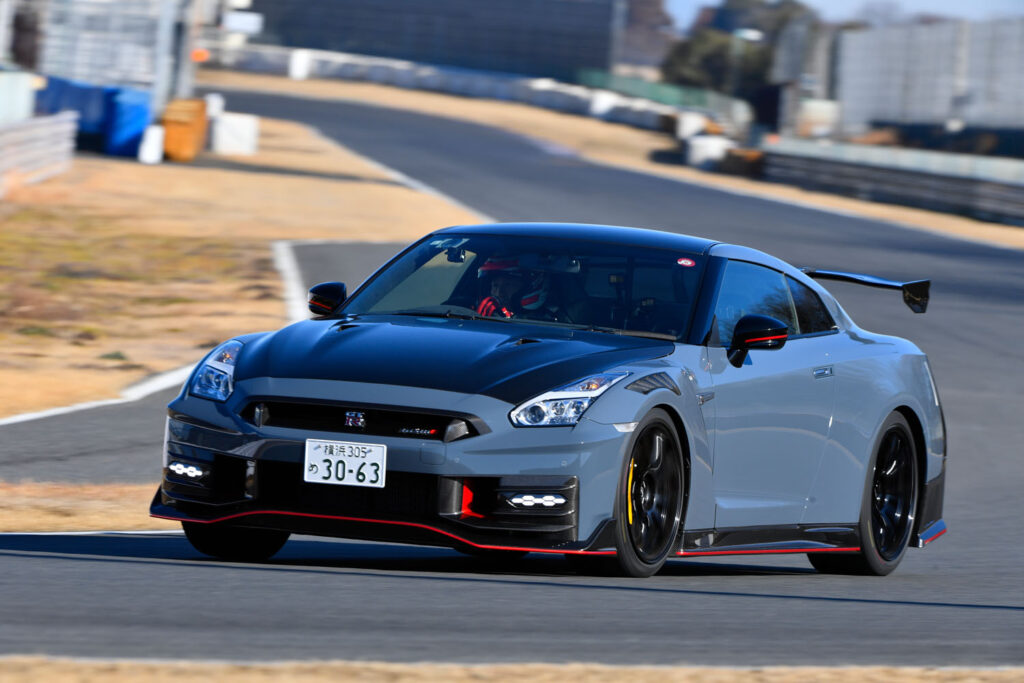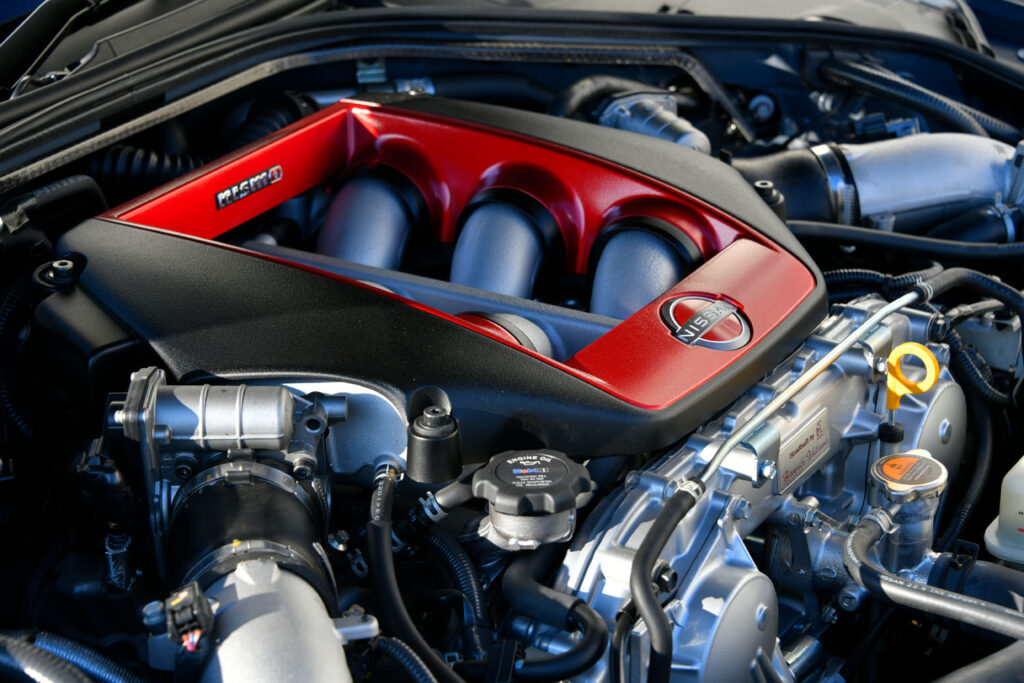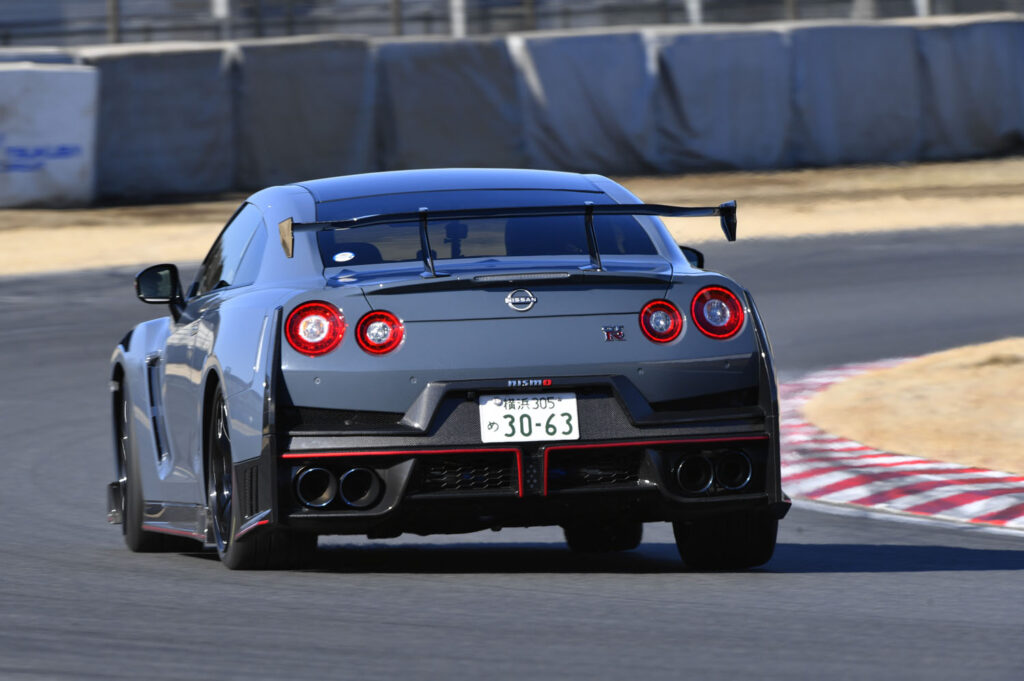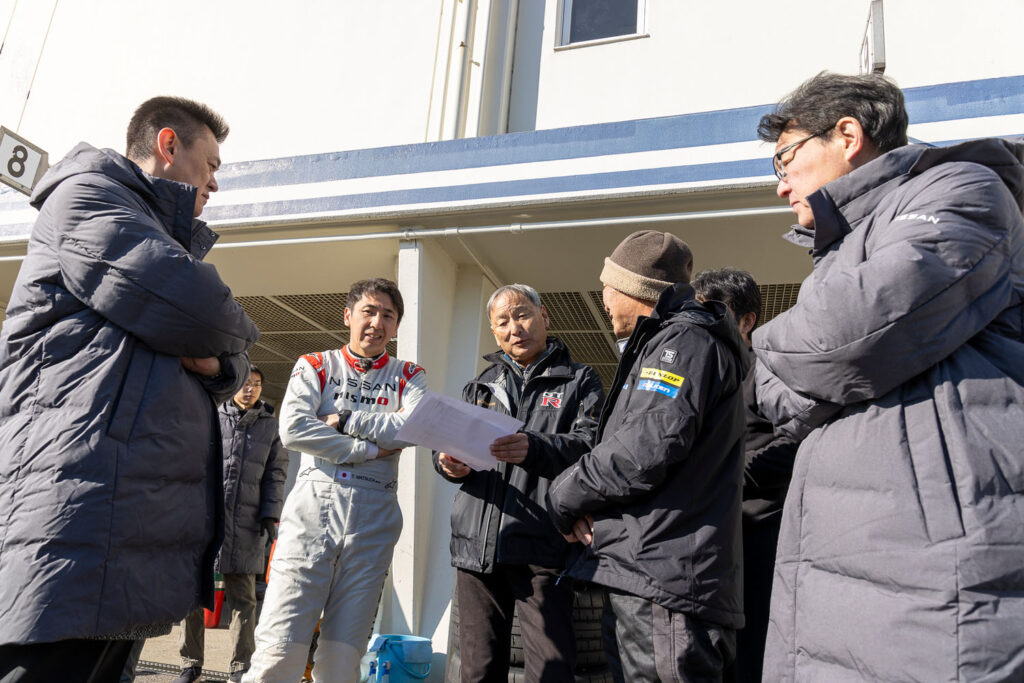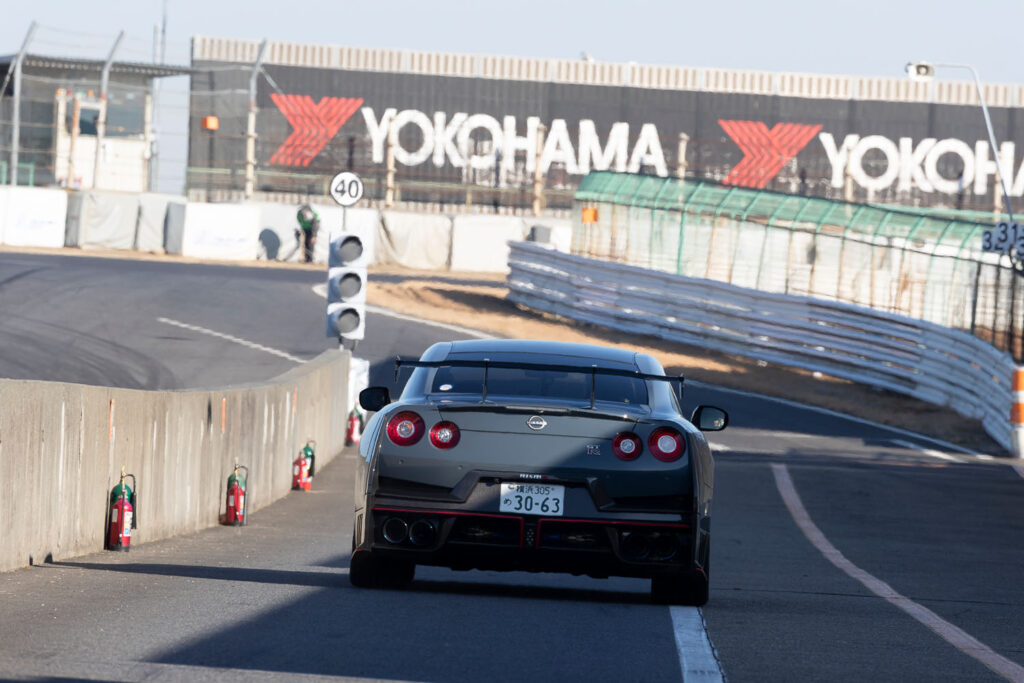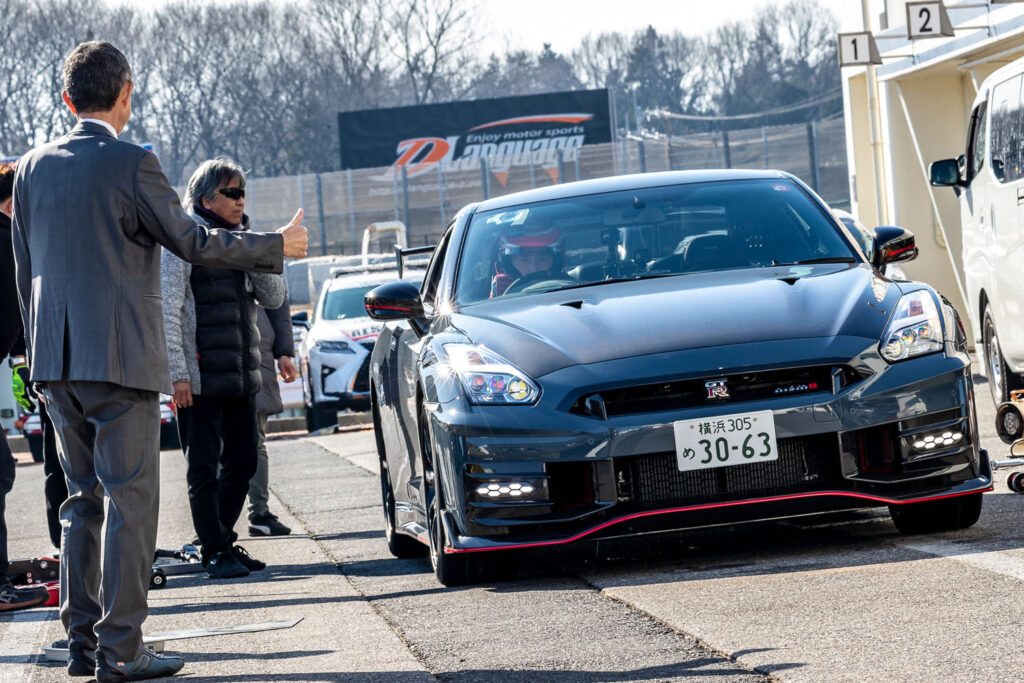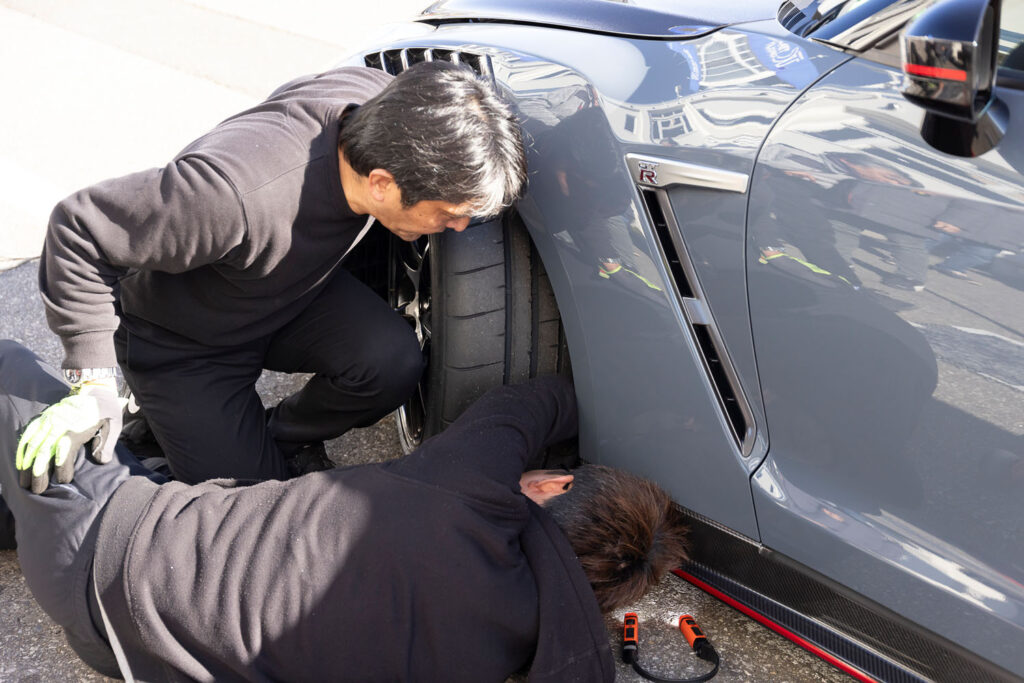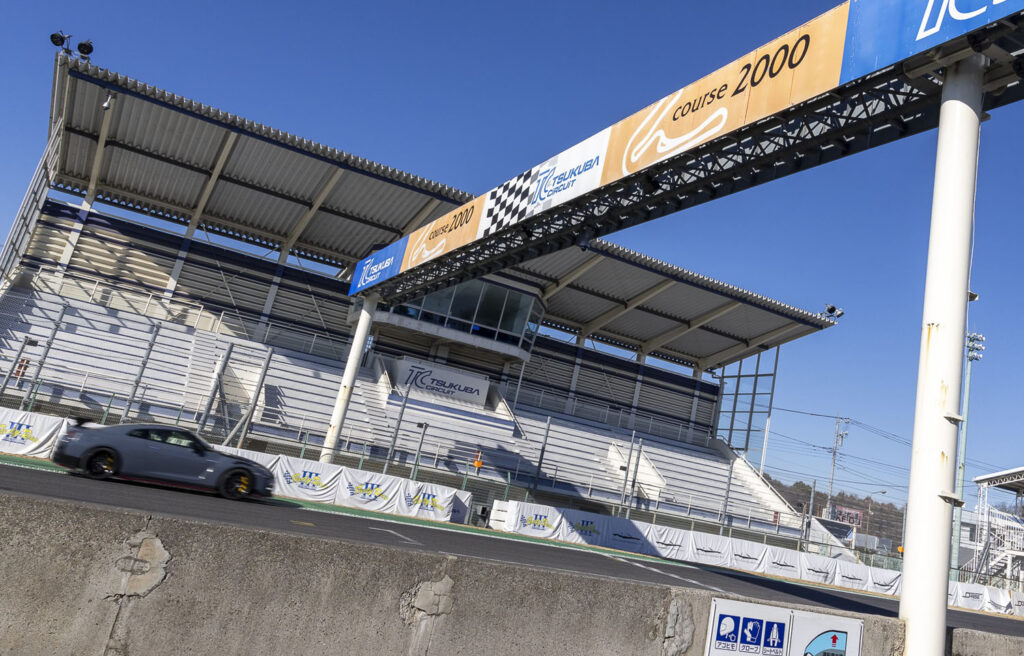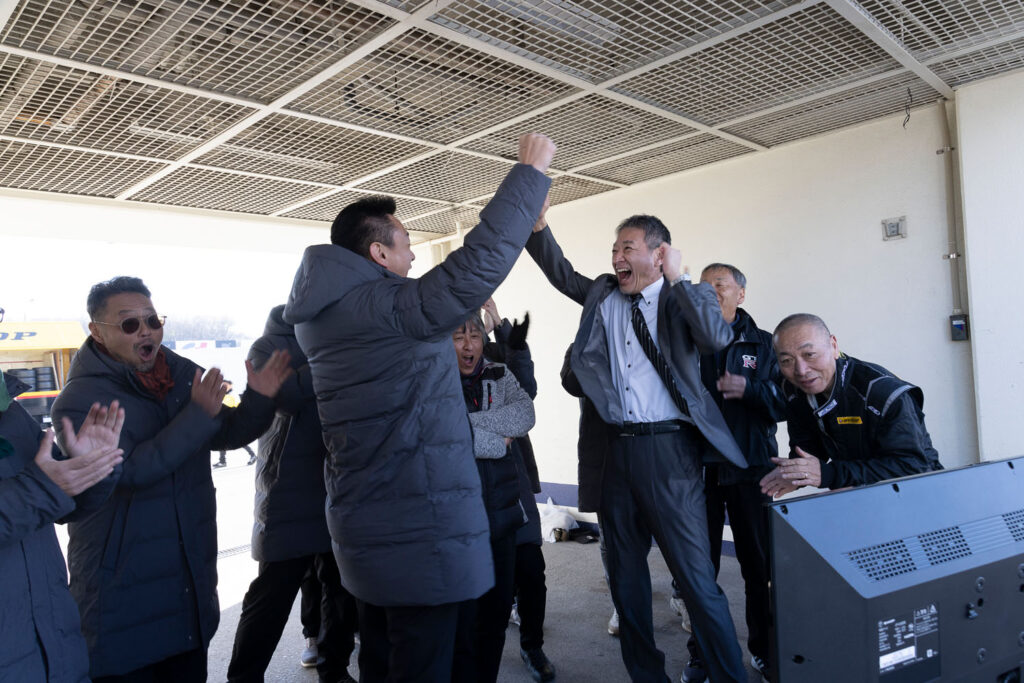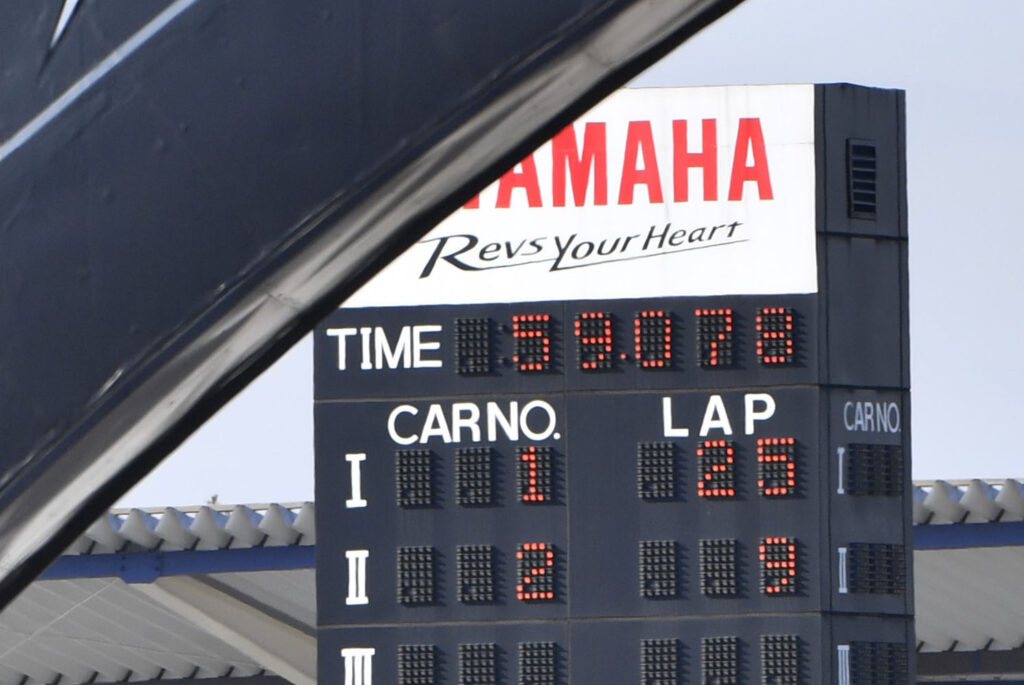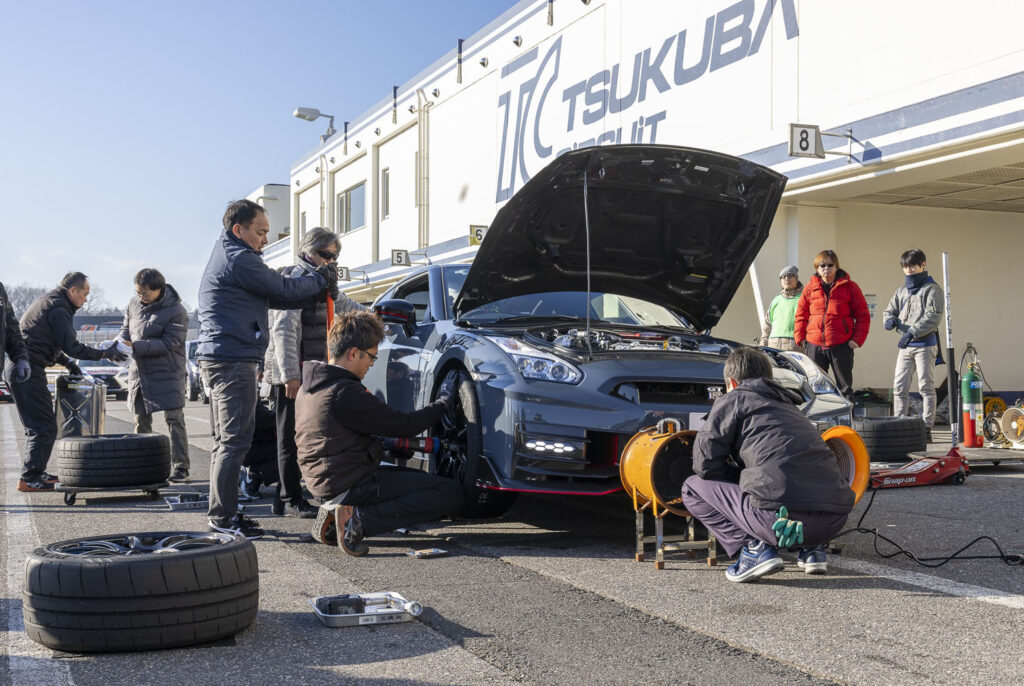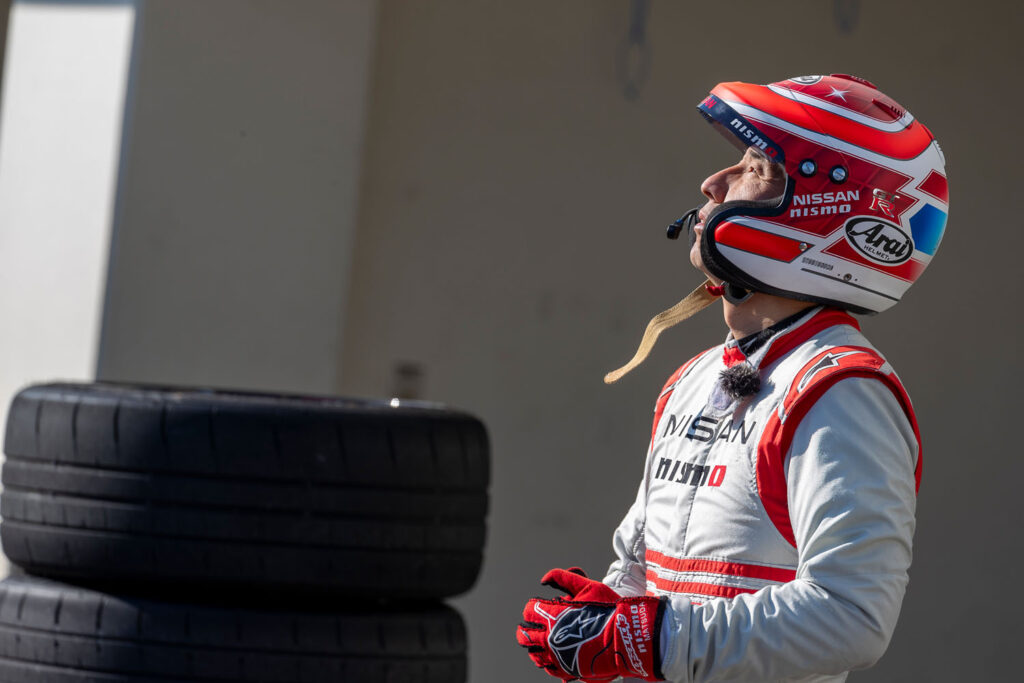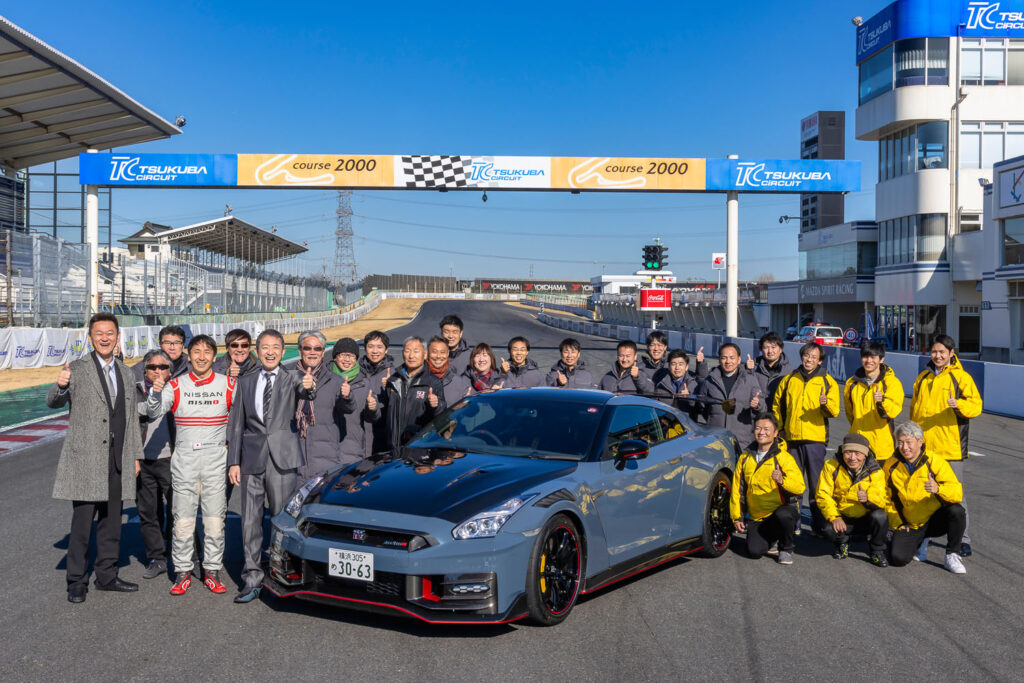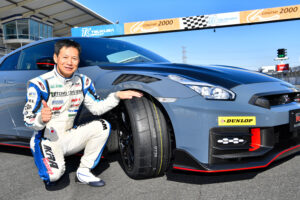The front LSD contributed to his speed! 59.2s consistently recorded
Now, where did the GT-R NISMO MY24 have room to grow? And we would like to find out why it was able to break the record.
First, the times. This time, we made 12-time attacks over the two days. Looking at the figures, all times were in the low to mid 59s.
In the time attacks for the 2019 season, I had difficulty breaking a minute at first, and even when I got the set-up right, it was all in the low 59s. This time, however, we have been able to set times more consistently at the high level of 59.2 seconds. Even taking into account conditions such as track surface and temperature, the MY24 was consistently faster.
Next, where were you able to shave off time against MY20? We asked Tsugio Matsuda
“The basic characteristic of the GT-R is that it is difficult to turn, so to make it go faster, you need to make a bending motion anyway. Especially when the track surface/temperature is low, the front tyres get cold on the straights, causing understeer. Therefore, both front and rear are set slightly to toe-out to provide resistance and heat generation. The camber was set at 2 degrees for 2 minutes, which is the limit of the stock adjustment. Again, we tried many things, but in the end, we settled on the same values as the MY20.”
Next, the evolution of the vehicle; where were the differences compared to the MY20?
“There is not much difference in my impression up to the turn-in, but from there onwards, the mechanical LSD pulls me forward, and I can feel its effect at the first corner, the second hairpin and the final corner. In particular, I was able to get out of the final corner in 4th gear last time, but this time the understeer was a little stronger in 4th gear, so I was able to drive faster by actively applying traction to the front in 3rd gear.”
What about the aero parts?
“The amount of downforce has increased with the shape changes. In particular, the stability of the rear has increased. I think the difference will be more obvious on high-speed tracks such as Fuji and Suzuka than on these mini circuits. The balance is a little more towards the rear, so we had to change the way we drive. I think that if the balance can be achieved by adjusting the ride height, etc., the performance can be utilised even more, so I would like those who tune the car to give it a try.”
The maximum speed is the same for both the MY20 and MY24 at 205 km/h. There is no change in tyre specifications, so the reason for the record-breaking time is probably that they gained traction on the exits of corners and shaved time off the record.
“I think someone with good skills can get under one minute under the same conditions, even with the tyres at the specified inflation pressure. From there, to further improve the time, the air pressure needs to be adjusted according to the air temperature and track surface temperature. However, even with a set-up that has a strong understeer when the car is cold, as the temperature rises, the front-rear balance improves and the car turns more easily, so I would like you to pay attention to that when setting up your car.”
Overall commenting on this time attack, Mr Kawaguchi, who is in charge of R35 development,
said.
“In our in-house simulations, we had a figure of three-tenths of a second for the MY24’s stretch. However, it is usually less likely to be as expected, but the development team members were able to derive a set that matched Matsuda-san’s and finally aligned it without any mistakes. I am honestly happy with the result. However, some things become visible through such extreme driving, and we received a lot of homework this time as well. That’s the fun of building a car, and it motivates us even more. If I am allowed to do so, I want to continue refining the best material that the GT-R has to offer. I felt that way all over again.”
Continuing to take on challenges and proving evolution (deepening) through time attacks. Development to surpass the present has already begun!
translated by DeepL





